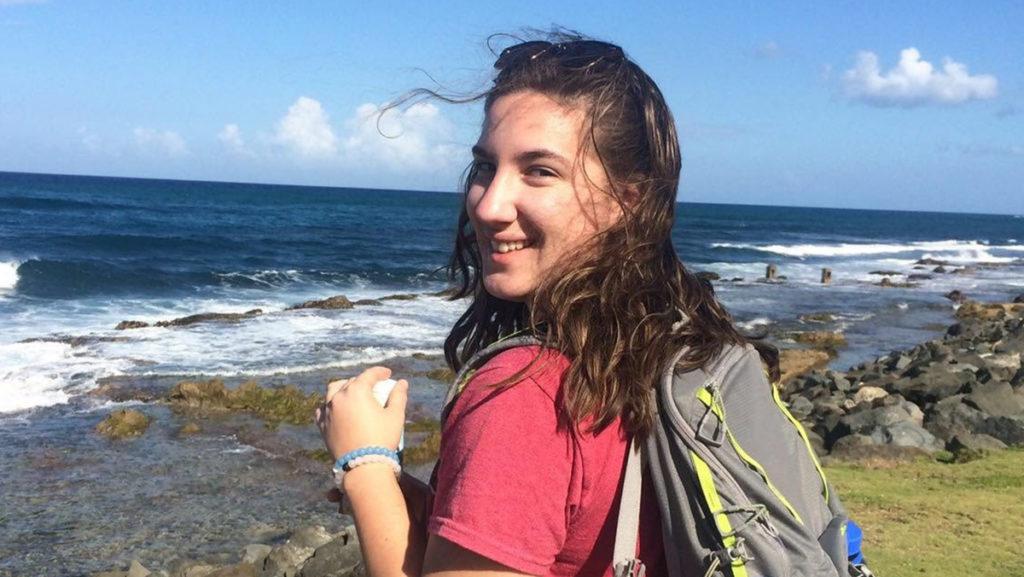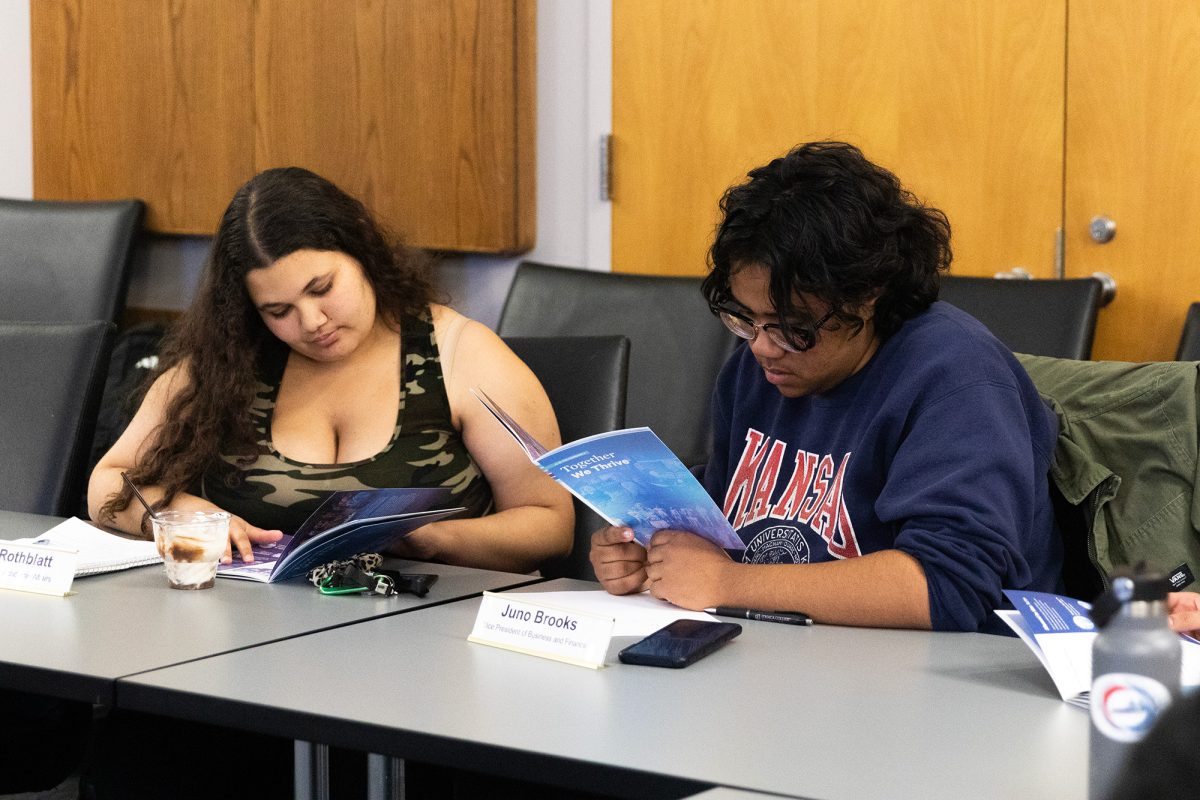The crystal-clear water and white-sand beaches of the remote island of Vieques, Puerto Rico, are as postcard-worthy as any Caribbean destination. However, the flora that grows on the island may tell a different story: The United States Navy used Vieques as a bombing range from 1943 until 2003, testing landmines, guns and other artillery, affecting the ecosystems of the area. An Ithaca College student is conducting a study to see what effects this bombing has had on the area.
Junior Danielle Bucior is a biology major conducting research about the contaminants the bombing left in the soil in Vieques. She traveled to Vieques in January to collect samples of the Scaevola taccada plant, a leafy green species that grows around the island, and is now testing them to check for heavy metals.
Bucior received a grant for her research from the Rochester Academy of Science after writing an abstract including what her work entailed and why she wanted to pursue it. All biology students at the college conduct at least a semester of research as part of their degree requirements.
Bucior said the military began cleaning up the island in 2006 in an effort to make it livable for humans. Though the island is working on opening public beaches and allowing people to swim, Bucior said she is still finding contaminants in the soil.
“What I’m finding is that there are still a lot of heavy metals like titanium, lead and cadmium — things that shouldn’t be in the soil that are still there,” she said.
She said that as these plants take up the toxins, the animals that eat the plants consume the toxins, which progress up the food chain, eventually contributing to human consumption of toxins. Heavy metals like lead can cause health issues like cancer, blood problems and heart issues.
Biology professor Susan Swensen Witherup is Bucior’s research mentor. Witherup has a doctorate in plant physiology and genetics, and is working on the genetic mapping of the Scaevola plant. Bucior said Witherup invited her to work in her lab when she was a sophomore. The work originally involved research on pollination between native and invasive species in Vieques, but Bucior said she later enrolled in Witherup’s Biology of Oceanic Islands course that traveled to Vieques last year.
Witherup said she had collected plants from different geographic locations with the purpose of conducting analyses to compare genetic variances among plant populations. However, with these samples in hand, she said, she saw an opportunity to test for toxins with the knowledge of the island’s military history.
“It was just basically a shot in the dark,” she said. “It was like, ‘Well, hey, we know that this happened in Vieques, and we have all these different samples from all these different locations in Vieques. Why not also use these samples to look for a metal?’”
Bucior said that after researching and reading between 70 and 80 academic papers, she found one that related to her idea and modeled her research after it. She mapped the island based on where and to what degree the bombing occurred. During her trip, she collected more samples for her research from the various places on the island that she mapped.
“I learned a lot about the history, I got to talk to some of the people, and I just got really into it, learning about the environmental impacts of how we, as the American nation, came in, utilized the land and just kind of left it,” she said.
Witherup said her job as Bucior’s research mentor involves guiding the research, seeking funding and encouraging Bucior to present her work to academic journals. She said Bucior does all of the day-to-day work on the project, including collecting samples and conducting experiments.
Senior Adriana Morales is from Puerto Rico and works in the lab with Bucior on a separate project regarding the Scaevola plant’s genetic diversity. Morales’ project is similar to Bucior’s in that it involves the concept of conservation and utilizes the same type of plant. However, Morales’ work includes analyzing and researching to conserve the native species, Scaevola plumieri, and comparing it to the invasive species Scaevola taccada that was introduced by humans for the sake of tourism.
“Puerto Rico has really nice beaches, and so they usually build a lot of hotels or houses,” she said. “They usually tear everything apart, and then they do the building. When they try to make it like it was before, that’s when they bring in the taccada. And so they replant the taccada because it grows way faster and it looks very similar to the native one.”
Genetic diversity, she said, is essential for a healthy ecosystem. Morales said her work may also relate to Bucior’s due to the existence of heavy metals in the plants leading to genetic differentiation.
Bucior said she has been working on this project for two years and hopes to eventually get it published to raise awareness about heavy–metal contamination and to suggest methods of progressing in more eco-friendly ways.
“We can’t revert back,” she said. “We can’t just take back everything we do. So we have to move forward. I’m trying to create methods to clean up this island. Hopefully, people can take this information and use it in other areas.”








